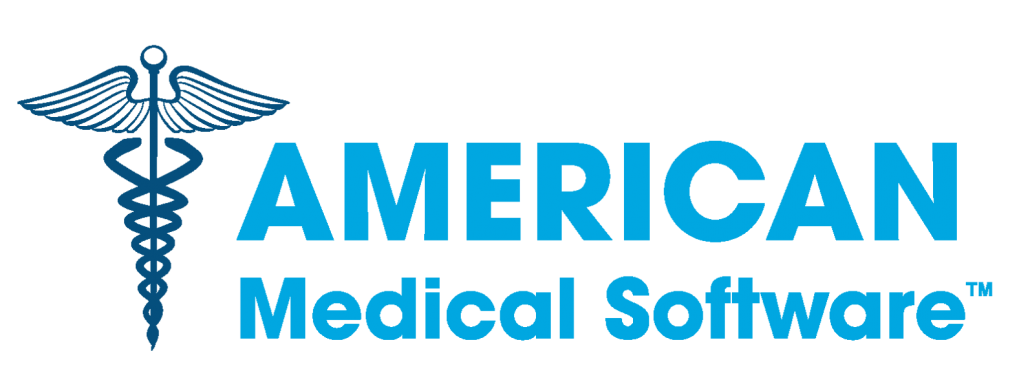Patients & Caregivers Willing To Buy Health Monitoring Devices
Nearly 8 of out 10 Americans are willing to pay up to $100 for a medical device that monitors their vital signs, according to an IBM survey that tracks trends in the use of mobile devices in healthcare. Fewer than 10% of respondents are paying out-of-pocket charges for such devices today, but more than one-third expect to do so within the next two years.
The report, entitled: The future of connected health devices, relied on interviews with 1,300 individuals (80% have a chronic condition and 20% are caregivers) who are users of software enabled medical devices that sense, monitor, and measure blood pressure, glucose, cholesterol, weight, or other readings that are accessed by PCs, laptops, smartphones or tablets.
“Using technology to encourage wellness has lots of promise. They can improve patients’ lives and in some instance possibly avoid the high costs of emergency room visits. They can add real-time data about patients’ vital signs to electronic health records,” Heather Fraser, global life sciences lead at the IBM Institute for Business Value, told InformationWeek Healthcare.
The report’s findings, released Monday, also reveal that health devices have been targeted toward healthy and fitness conscious individuals or patients suffering from chronic conditions who need to be constantly monitored. However, a third market segment dubbed “Information Seekers” has gone untapped. These people are relatively healthy, but could use a mobile device and the health apps that run on them as an incentive to manage a health-related challenge.
“Among the most promising markets are motivational devices that could help people follow a diet, stay on an exercise program, or quit smoking or drinking,” Fraser said. “Online support groups can be connected to help people share information about diseases and encourage each other to eat more vegetables or stay away from drugs. Millions of people have downloaded calorie-counting apps from their iPhones and Android phones.”
Other survey results showed that:
— Preventive uses are gaining importance. Within two years, 30% more respondents expect to be using devices to encourage physical activity, and twice as many will depend on devices to inform others of someone’s changing health condition.
— Everyone is looking for simplicity. Ninety six percent of respondents said ease-of-use is the top factor in selecting one device over another; price is a clear second (76%), well ahead of range of features (54%), customer support (42%), warranties (23%), and stylish design (9%).
— Users of mobile devices say privacy is the top data requirement, with 77% saying privacy of health data is a minimum requirement for consumers to use these products. That said, respondents said they want to have their data transmitted and shared with their health providers. Sixty three percent of respondents said their health data can be shared with multiple health professionals.
— Seventy one percent say they rely more on healthcare provider recommendations than on their own familiarity with a brand. Endorsements from healthcare provider associations (64%) carry more weight than those made by insurers (50%), regulatory agencies (49%), and consumer advocacy groups (43%).
— Respondents want their health professionals to incorporate data from health devices into diagnosis and treatment decisions. When asked about getting feedback related to health device data, more than three-quarters rate feedback from healthcare professionals–whether online or in a subsequent office visit–as important or very important.
— More than half of all respondents could not recall the brand of their current device–even though many of them use it every day.
Source: www.informationweek.com




Leave a Reply
Want to join the discussion?Feel free to contribute!